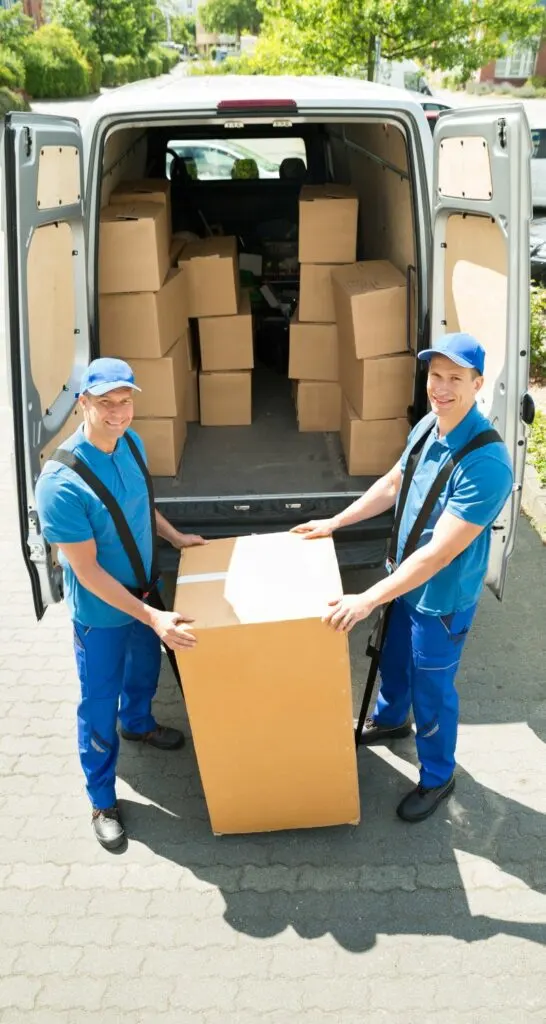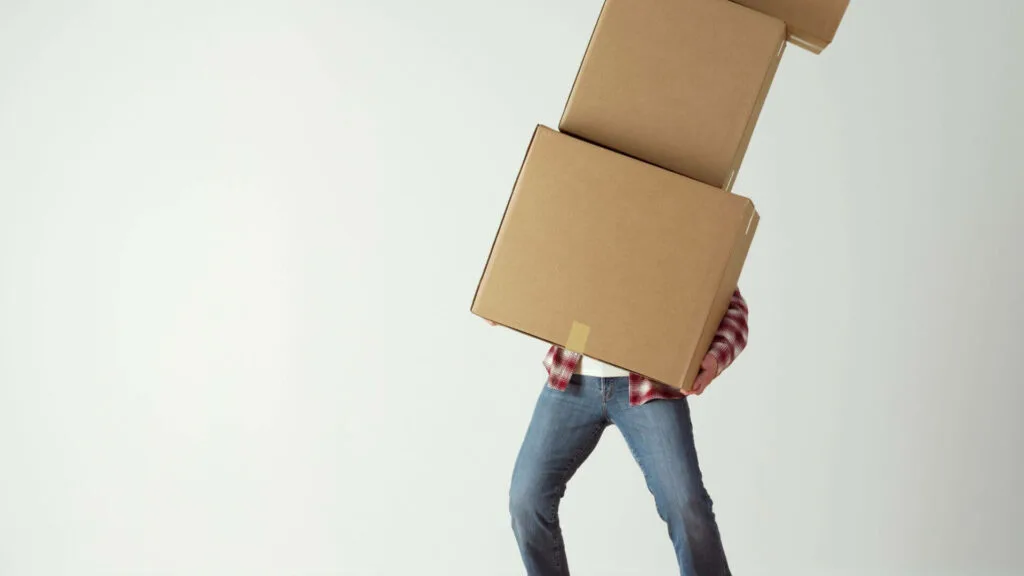Moving to a new home represents one of life’s most significant transitions. The excitement of starting fresh in a new space often comes with concerns about protecting your valuable possessions during the move.
Each year, millions of people relocate their homes and face similar worries about the safety of their belongings. Your furniture, electronics, artwork, and personal treasures need special care during transportation.
Whether relocating across town or embarking on a long-distance journey, ensuring the safety of your belongings requires careful planning and attention to detail. This comprehensive guide explores essential tips that will help you protect everything from everyday items to precious valuables throughout your moving process.

1. Hiring Moving Services
When planning a relocation, particularly for long distances, selecting the proper moving assistance becomes your most crucial decision. Professional movers bring years of experience, specialized equipment, and comprehensive insurance coverage to protect your things.
You should thoroughly research potential moving companies and read customer reviews. Ask for comprehensive written estimates from at least three different providers. Verify their licensing and insurance status through official channels. Request information about their crew training programs and handling procedures for specialty items.
Also, consider the company’s general performance in terms of movements similar to yours and office location. It is advised to select local moving services for better management and expertise. For instance, if you live in the Washington DC, VA & MD area, you must prefer the best long-distance moving services in Washington DC, VA & MD area.
Moving on, during the first consultation, notice how they answer the questions being posed to them. Those professional movers should give some explanation on packing services, transportation, and timelines with them.
Furthermore, inquire about their flowchart of actions concerning delay or some form of unarranged circumstances. Also, never assume any oral agreements; therefore, get all the dates in writing, including pickup and delivery schedules and costs.
2. Proper Packing Materials and Techniques
The right packing supplies are your defense against damage during a move, as material selection directly impacts the safety of your belongings.
Start collecting supplies well in advance of your moving date.
You’ll need high-quality moving boxes in various sizes, bubble wrap, packing paper, packing tape, foam padding, corner protectors, and permanent markers for labeling. Consider specialty containers for items like clothes, dishes, and electronics.
Furthermore, buy dish packs for your kitchen utensils and wardrobe boxes for your clothes. Buy a unique cover that is manufactured for electronics and home appliances. You should also purchase furniture covers and moving blankets for large items or pieces of furniture. For protection of upholstered furniture, think of using plastic wrap.

3. Inventory and Documentation
Creating a detailed inventory protects your belongings and simplifies the unpacking process. Start by developing a comprehensive listing system. You should photograph valuable items before packing them and document their condition extensively. Create a detailed spreadsheet listing every box’s contents and assign each one a unique number. Consider using a moving app to track your inventory digitally.
Document the condition of your furniture with close-up photos of any existing damage. Take pictures of electronic connections before disconnecting them for a more straightforward setup in your new home. Create a separate inventory for high-value items with detailed descriptions and serial numbers. Make multiple copies of your inventory lists and store them in different locations.
Abide by the rule of keeping all the material relating to the move in a folder. Make sure to bring the lists of your inventories, pictures, insurance, and any documents from the moving company. It is essential to be disciplined in organizing their actual cost estimates, contracts, and communication records. Those receiving the shipment should take pictures of the boxes to illustrate their state before loading. It enables tracking of items during movement and also acts as proof in case of insurance claims.
4. Special Care for Valuable and Fragile Items
Your precious and delicate belongings require extra attention during a move. Start by identifying all items needing special handling. Pack artwork, mirrors, and glass items with corner protectors and mark boxes as “FRAGILE” on all sides. Use specialty art boxes for paintings and prints. Consider custom crating for precious pieces.
Keep electronics inside an anti-static bubble wrap, which should be packed in the original boxes where possible. Take batteries out of every device. Protect internal components in computers and electronics. Pack your remote controls together with the respective device. Wrap each piece in a lot of padding material.
Consider personally transporting these items like valuable jewelry, important documents, and family heirlooms. Create a separate small-items inventory with photographs and descriptions. Use lockable containers for additional security. Consider shipping precious items through insured courier services.

5. Proper Loading and Securing Techniques
Strategic loading creates a stable environment for your belongings during transport. Begin by creating a loading plan. You should ensure boxes are stacked with the heaviest goods on the bottom and lighter ones on top. Create tiers of similar-sized boxes for stability. Use furniture pads and moving blankets to cover more oversized items and prevent scratches.
Load the center of mass of the truck as evenly as possible. Stack or lean large items against the walls for some kind of support. They should then use tight straps to secure items that might move around the place during transport. Moving blankets should be placed between furniture pieces so that the furniture doesn’t scratch when moved. Form a compact cluster so the students do not shift their positions while moving from one place to another.
Avoid moving the furniture when assembled; disassemble and reassemble where necessary. Pack the hardware neatly in labeled Ziplock bags and hang them on the appropriate furniture. You can adequately cover the upholstered items using the ring stretch wrap. Place mattresses and box springs on the edge to maximize storage and avoid indentations.

Conclusion
Moving your belongings safely requires careful planning, proper materials, and attention to detail. Following these seven essential tips will significantly minimize the risk of damage to your possessions during relocation. Remember that investing time in proper preparation and protection measures is always worthwhile when ensuring the safe arrival of your belongings at your new home.
Take each step seriously, from hiring reliable moving services to securing appropriate insurance coverage. With careful attention to these guidelines, you can look forward to unpacking your belongings in perfect condition at your new destination.

Jessi is the creative mind behind The Coffee Mom, a popular blog that combines parenting advice, travel tips, and a love for all things Disney. As a trusted Disney influencer and passionate storyteller, Jessi’s authentic insights and relatable content resonate with readers worldwide.
